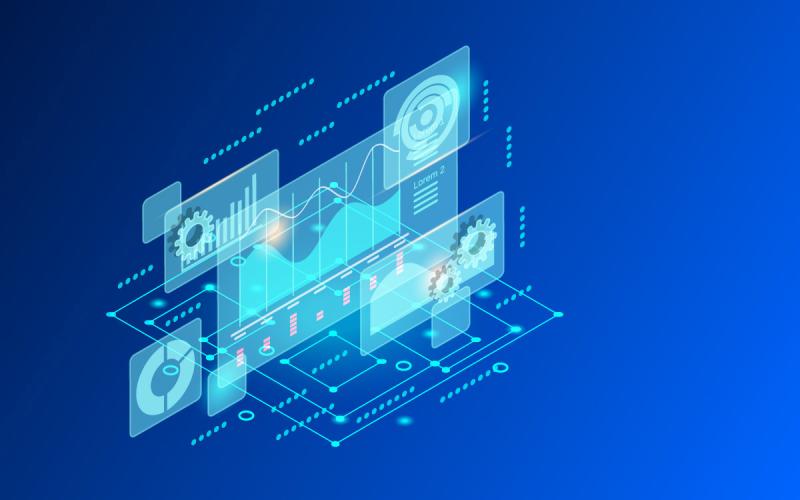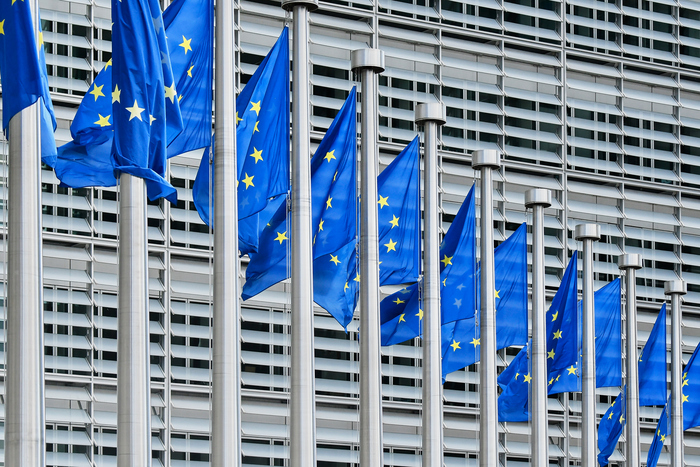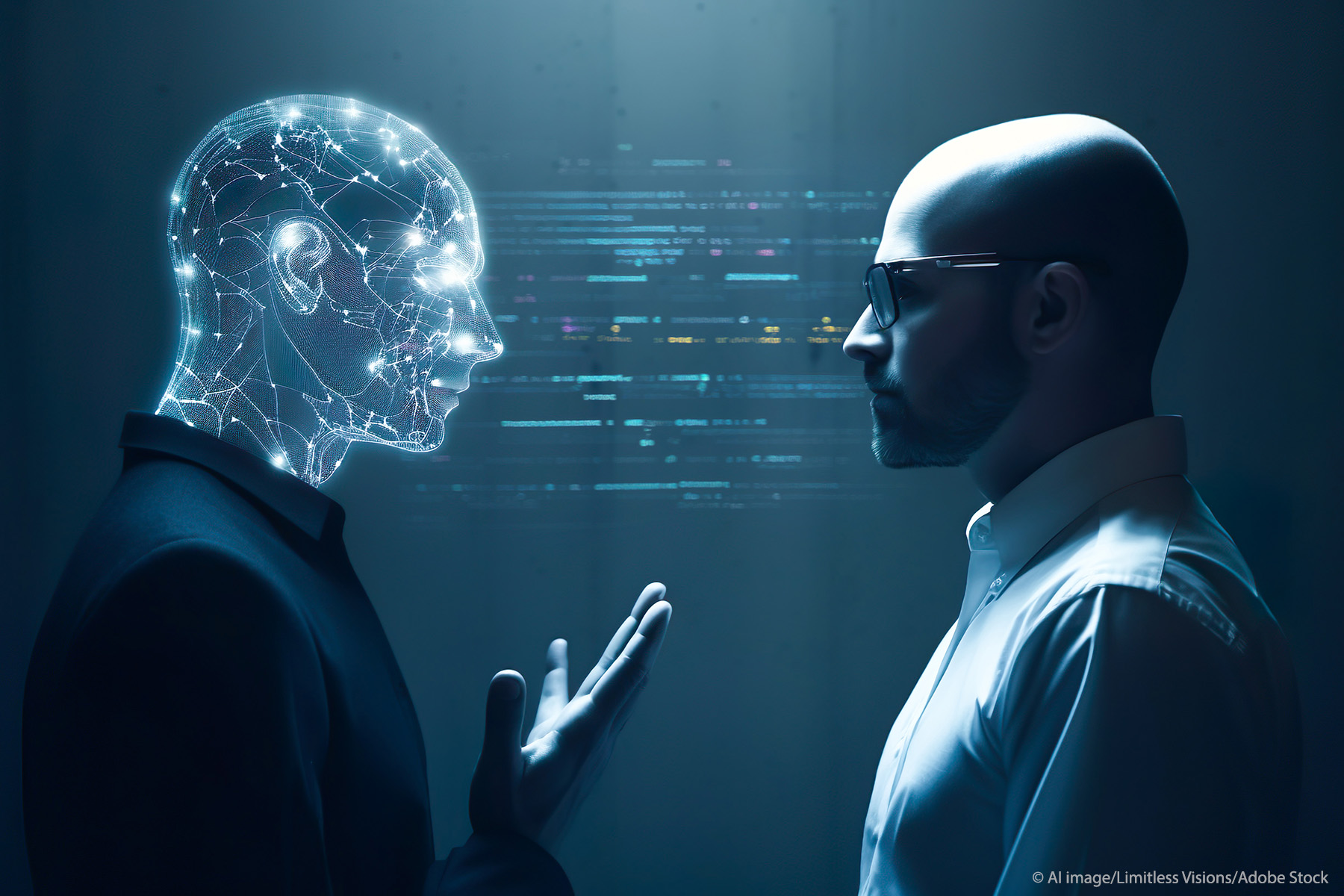LEGISLATION: DATA ACT AGREED BETWEEN THE PARLIAMENT AND THE COUNCIL

The “Data Act”, informally agreed this week between MEPs and Council, aims to stimulate innovation by eliminating barriers hindering access to data.
EUROPEAN COUNCIL CONCLUSIONS ON AI

European Council held in Brussels 29-30 June in its Conclusions stressed the importance of the European Union becoming a prime location for the
development of artificial intelligence.
More info
GRIMALDI ALLIANCE CONFERENCE: Cybersecurity and company awareness
The conference organized on July 4 in Rome by Grimaldi Alliance on Corporate Awareness and Cyber Risk Management was an important moment of collaboration with AIGI (Italian Association of Corporate Lawyers) and AITRA (Italian Association of Transparency and Anti-Corruption), thanks also to the sponsorship of AON.Technological evolution has made cybersecurity issues central within corporate organizations. There is still a lot to do in terms of mitigation and prevention and for this reason it is first of all important to deal with large companies that have long faced and developed their own ways of declining cyber risk management. Grimaldi Alliance places corporate awareness at the center of its proposal to customers so that they are supported in cyber challenges with an approach that integrates the technical and legal dimensions, and that is attentive to the impacts on the business and the management of business risks as a whole.Important companies that oversee strategic sectors of the country, such as infrastructure, television and the health sector, have compared the common needs and critical issues most closely linked to the industry to which they belong.The integrated approach of skills was found to be for all the one necessary to face the implementation of attack prevention and protection systems; The real starting point remains the “human factor”, the preferred vehicle of hackers, so the development of awareness of company personnel (including administrators, with evidence of responsibility that from this point of view is attributable to the action or inertia of the same) as a perception of risk must be kept high and efficient over time.It is necessary that compliance is adherent to the company organization for it to be effective: therefore it depends on the complexity of the organization of the reference industry and the legislation applicable to it. However, the “real life” approach for the improvement of awareness in terms of “real” exercise of data breach and business interruption is fundamental in view of a holistic approach that necessarily integrates all company functions and that detects in terms of accountability for the strengthening of resilience in the event of an attack, whose risk as we know cannot be completely eliminated.However, it must be clear that training is not enough but it is also necessary to have awareness under high profiles including:
1. the necessary technological investments to overcome system obsolescence
2. the contractual negotiation with the supply chain with the identification of contractual protections towards the categories of suppliers most “at risk”.
3. the identification of an ad hoc insurance coverage4. need for a fair, correct and effective damage reporting procedure to deal with the negotiation with the insurance company post-event data breach.
In the end, it also seems necessary to develop a risk assessment system such as risk appetite or how much risk the company can keep at home or transfer to the market; Assessments that first of all pass from understanding which crime you are most exposed to as a company and then deciding how much budget to allocate with respect to risk exposure and how to transfer the assessment of financial exposure to stakeholders.All the points addressed above are relevant in the ways in which the company has addressed them in a preventive perspective also for the purpose of the support that the public security authority can provide when the attack occurs.
DEEP DIVE: WHAT IS ARTIFICIAL INTELLIGENCE AND HOW IT IS USED?

Artificial intelligence (AI) is set to be a “defining future technology”, but what exactly is AI and how does it already affect our lives? Read the EP’s brief:
More info
READ: Artificial Intelligence and Cybersecurity Research

ENISA released 4 reports on the most far-reaching challenges in artificial intelligence (AI) on the occasion of the conference on the supervision of secure and trustworthy AI. Read the first.
More info
ALAI INTERNATIONAL CONFERENCE ON COPYRIGHT, RELATED RIGHTS AND ARTIFICIAL INTELLIGENCE
On 22 and 23 June 2023, the ALAI (Association Littéraire et artistique internationale) conference dedicated to the relationship between copyright, related rights and artificial intelligence was held in Paris. The conference was attended by academics, lawyers and cultural industry professionals from all over the world. The topics covered were divided into two main areas: input and output. Inputs are all the digital data that is fed into the system to train the AI, while outputs are the product of the data processing activity. In both cases, very relevant legal problems arise for cultural industry. In particular, as regards the inputs, the need to input a large number of data to ‘teach’ the AI system to create works -literary, musical, visual- according to a certain style (as happened in the Next Rembrant’s experiment) has been highlighted. With respect to the data to be used to create new ‘works’ through AI systems, copyright and related rights issues arise, as the data may be protected by intellectual property rights. In such cases, the question arises as to whether it is necessary to obtain the author’s consent in advance, as required by European systems, and to what extent the theory of fair use can be invoked, according to the copyright system. With respect to the results produced by an AI system, legal problems concern the qualification of the result as a ‘work’ and above all the ownership of the results themselves. In other words, the question arises as to whether the copyright belongs to the AI system that produced the result or to the person who set up the system.
For some uses of AI systems in the art sector, see:
Artinity: www.artinity.com; which creates posthumous works of art in the style of artists dating back in time, made unique through NFT;
Next Rembrant: https://www.nextrembrandt.com/, where a Rembrant-style work was realised by an AI system;
Refik Anadol: https://refikanadol.com/, an artist using museum data and works to create new works through AI systems.
.jpg)
